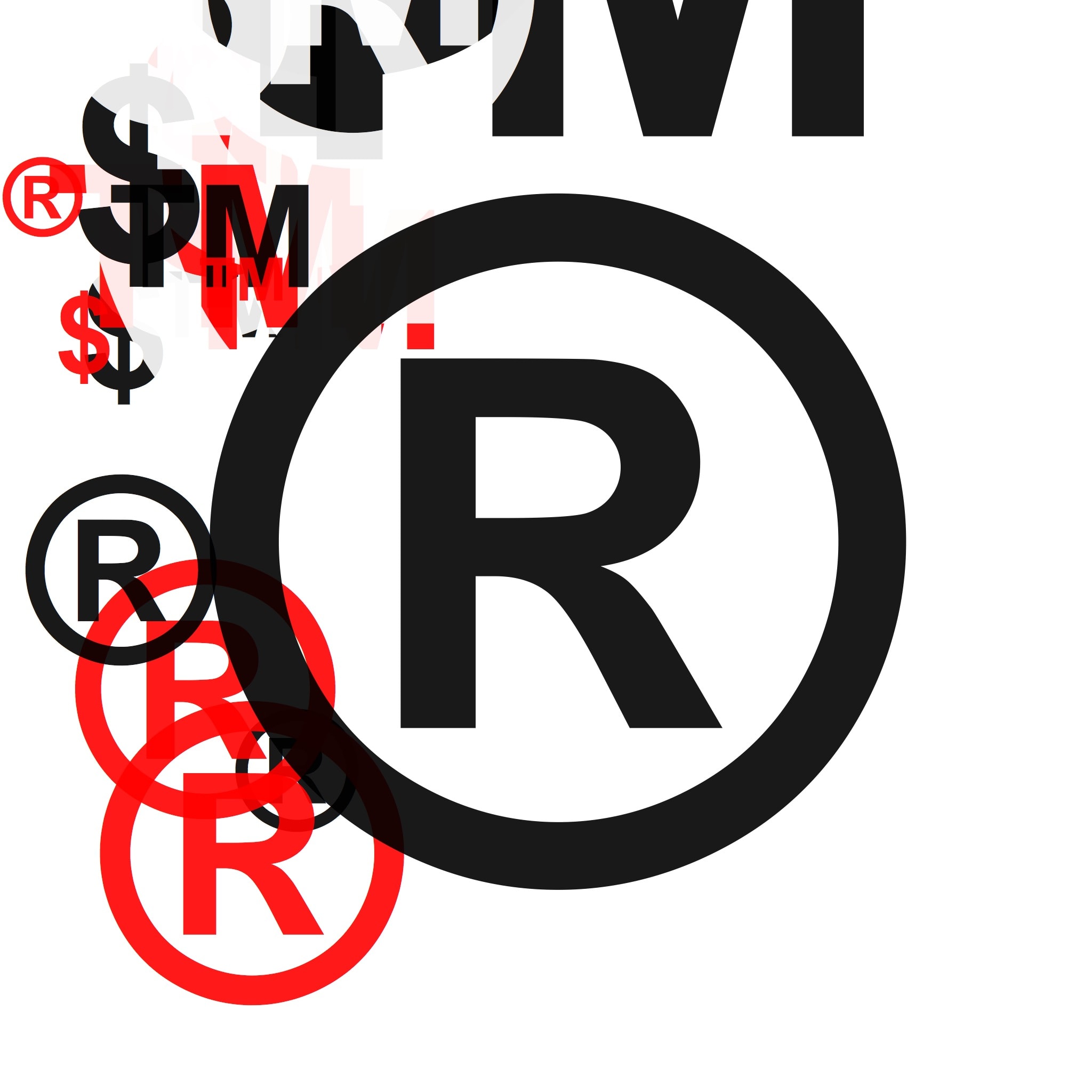While most people have a general idea of what trademark protection entails, there are several important aspects of trademark law that are often unknown or misunderstood. In this post, we will highlight the benefits of trademark protection and some common missteps taken during the trademark application process.
Common Trademark Application Missteps
Applying for trademarks with the United States Patent and Trademark Office (“USPTO”) can be a relatively quick and seemingly easy process, which may be done online through the USPTO’s website. The online filing fees range from $250 – $350 per International Class, as discussed below. Filing by paper is $750. International filings are $500. However, if the application is improperly filed, or if the applied-for mark conflicts with another mark, you could be facing a time consuming and expensive battle to register your mark. Below are some aspects of the trademark application process that are commonly mishandled.
- Filing Prior to Use
Not everyone is aware that they can file an application for a trademark, even if they have not marketed or sold anything under the mark. This kind of trademark filing is called an Intent-to-Use application and may be done up to six (6) months before you intend to use the subject mark. This Intent-to-Use time period can also be extended up to five (5) times, in six (6) month intervals, for a small fee. However, in order to fully register the mark with the USPTO (not merely on an Intent-to-Use basis), you will have to show proof that you are actually selling products/services to consumers in interstate commerce. It is advisable to file a trademark application as soon as possible to achieve the earliest filing date. Barring any prior use, the first party to file a trademark application, is the one that is granted trademark rights.
- Research
Perhaps the most overlooked part of the trademark process is what should be the first step in the process: researching pending and registered trademarks. Sometimes, it does not matter if you file a perfect trademark application; if a mark that is confusingly similar to yours has already been registered, you will not be granted a trademark. The trademark search process can be a painstaking and inaccurate endeavor, unless you are familiar with the USPTO website. It is not enough to rely on the basic search function of the USPTO catalogue; an advanced search of the USPTO database and the consumer market at large must also be conducted. An inaccurate or incomplete search may result in wasted time and money spent on a doomed trademark application.
- Identification of Goods and Services
The trademark application will require you to identify the goods and services provided under your mark and the desired International Class (“IC”). There are 45 different ICs which encompass distinct categories of goods and services, ranging from legal services (IC 045) to kitchen utensils (IC 021). Your mark’s description of products/services should be broken down to fit within the appropriate IC(s). Be careful though, if your mark’s description is too broad, you may receive a notice from the USPTO requiring you to amend your trademark application and pay a fee.
- Acceptable Specimens of Use
As previously stated, once you have marketed or sold goods and/or services under your mark, you must provide proof (called “specimen of use”) that you have used the mark in commerce. The USPTO is somewhat strict in what it deems to be acceptable specimens of use and will not register your mark unless you comply with its requirements. This part of the trademark process can be the most technical and is often a source of frustration. For instance, internal company invoices showing sales or shipments will usually not suffice; acceptable proof of use must be that which was/is accessible to consumers.
Trademark Protection
Properly registering a trademark with the USPTO ensures that no other person or business entity may use your mark, or anything confusingly similar, within the ICs included in the applicable trademark application. If you accurately identified your goods/services under the correct IC, you will be able to prevent third parties from using your mark (or anything confusingly similar) and recover proven damages. However, if any missteps were made during the trademark application process, your trademark rights may be much more limited than you had intended. As such, an effective trademark application is one which is broadly drafted and within the legal parameters of the proper IC(s).
The key to ensuring that your brand is thoroughly protected is to obtain the services of a qualified attorney who is well-versed in the nuances of the trademark application process. It is a better business decision to have an experienced attorney file your trademark application properly, than risk ending up with a useless trademark and/or spending more time and money than necessary amending your application.
If you are interested in obtaining a trademark for your brand or if you are facing a trademark dispute, please e-mail us at info@kleinmoynihan.com, or call us at (212) 246-0900.
The material contained herein is provided for informational purposes only and is not legal advice, nor is it a substitute for obtaining legal advice from an attorney. Each situation is unique, and you should not act or rely on any information contained herein without seeking the advice of an experienced attorney.
Attorney Advertising
This blog post was originally published on September 16, 2013 and updated June 2, 2021.
Recent Blog Posts:
How Long Does Trademark Registration Last?
Marketing Online? Be Mindful of Trademark and Copyright Law
Taste the Lawsuit: Wrigley Brings Trademark Infringement Claim




